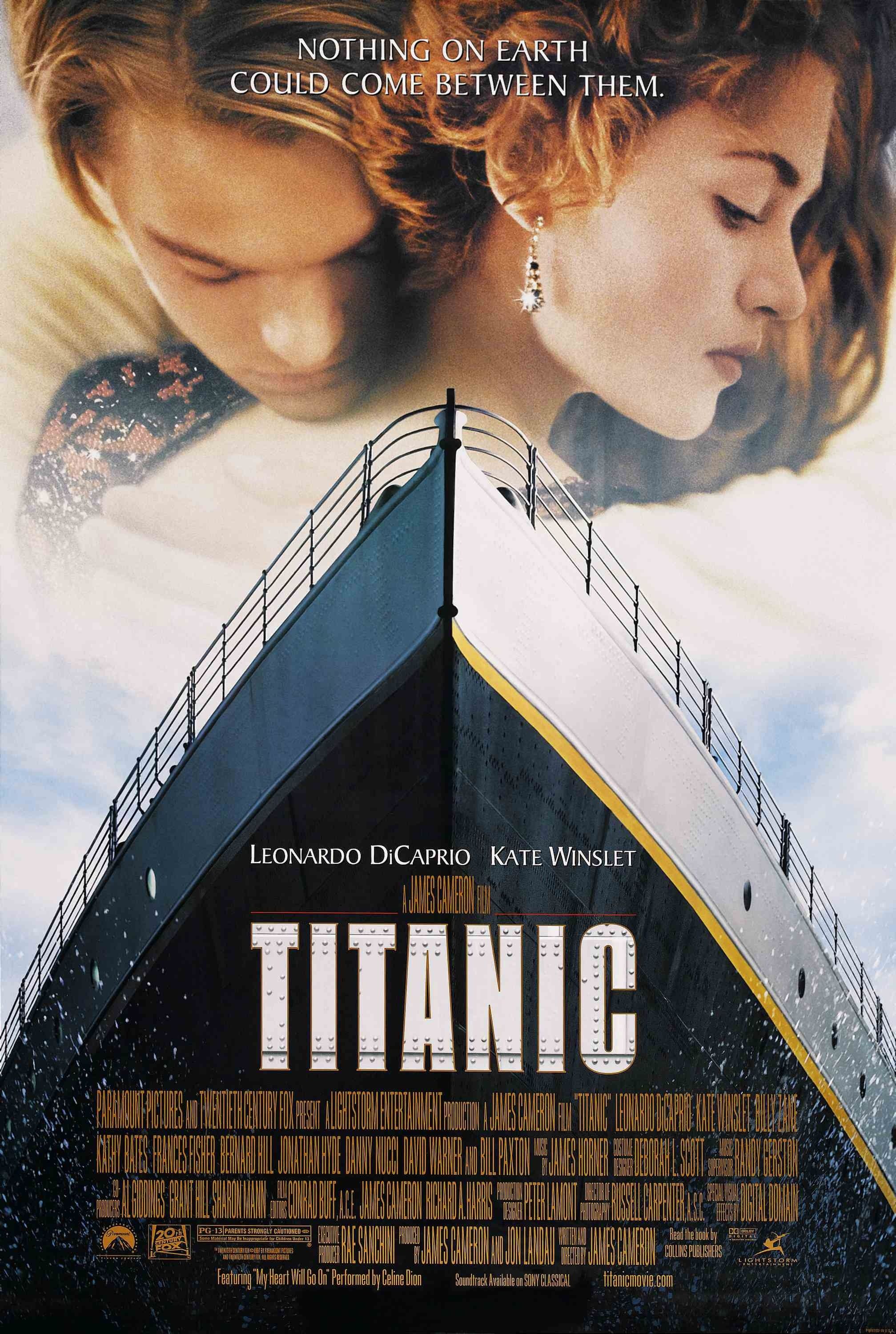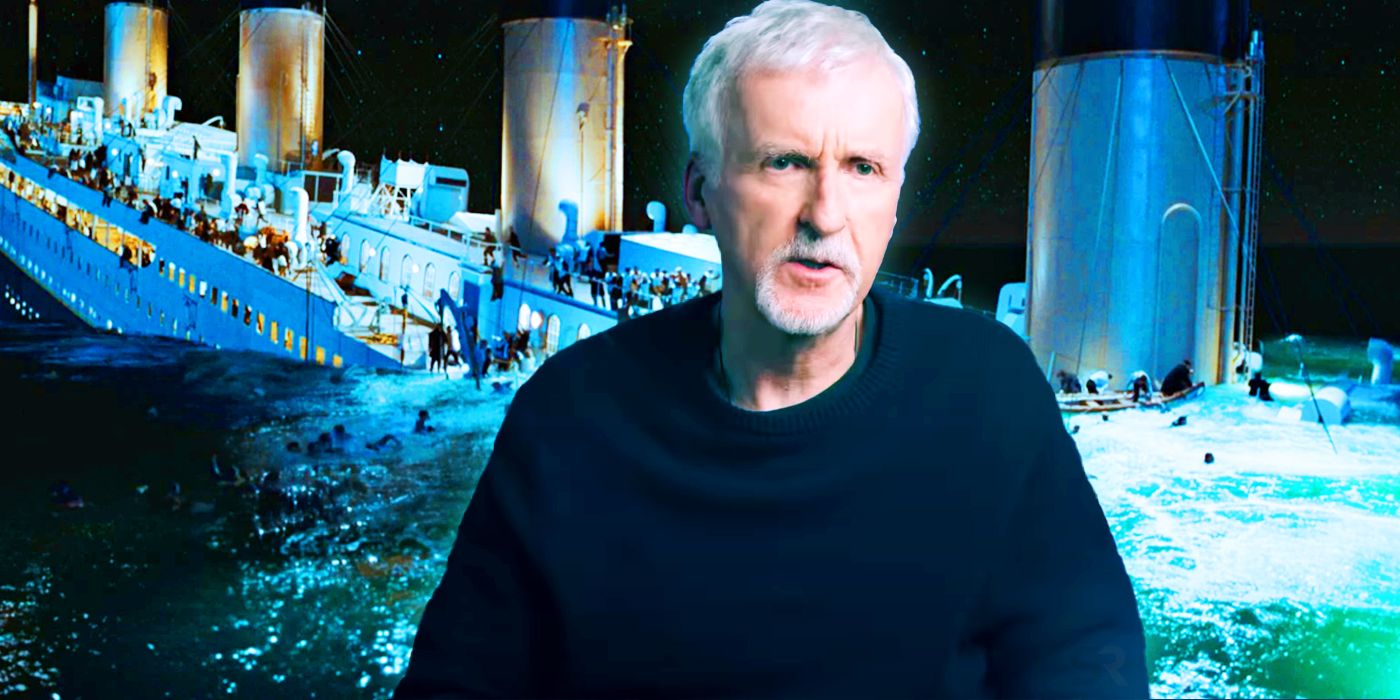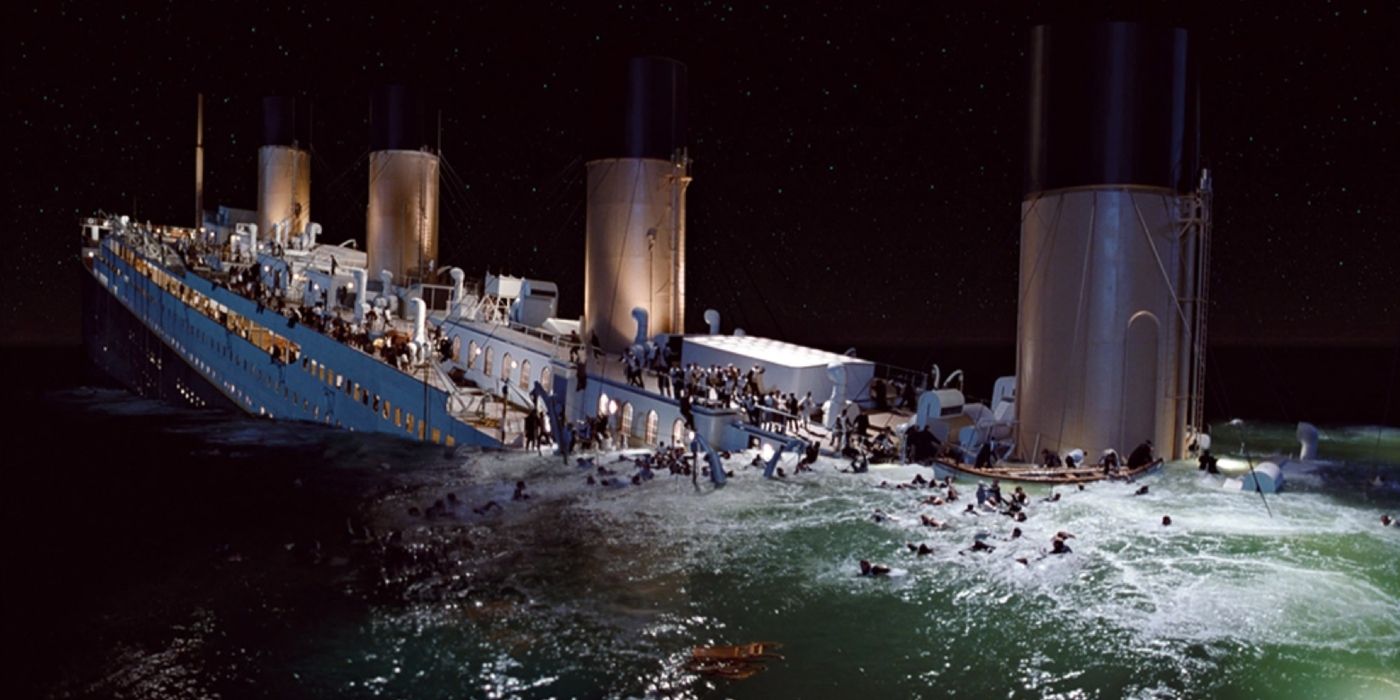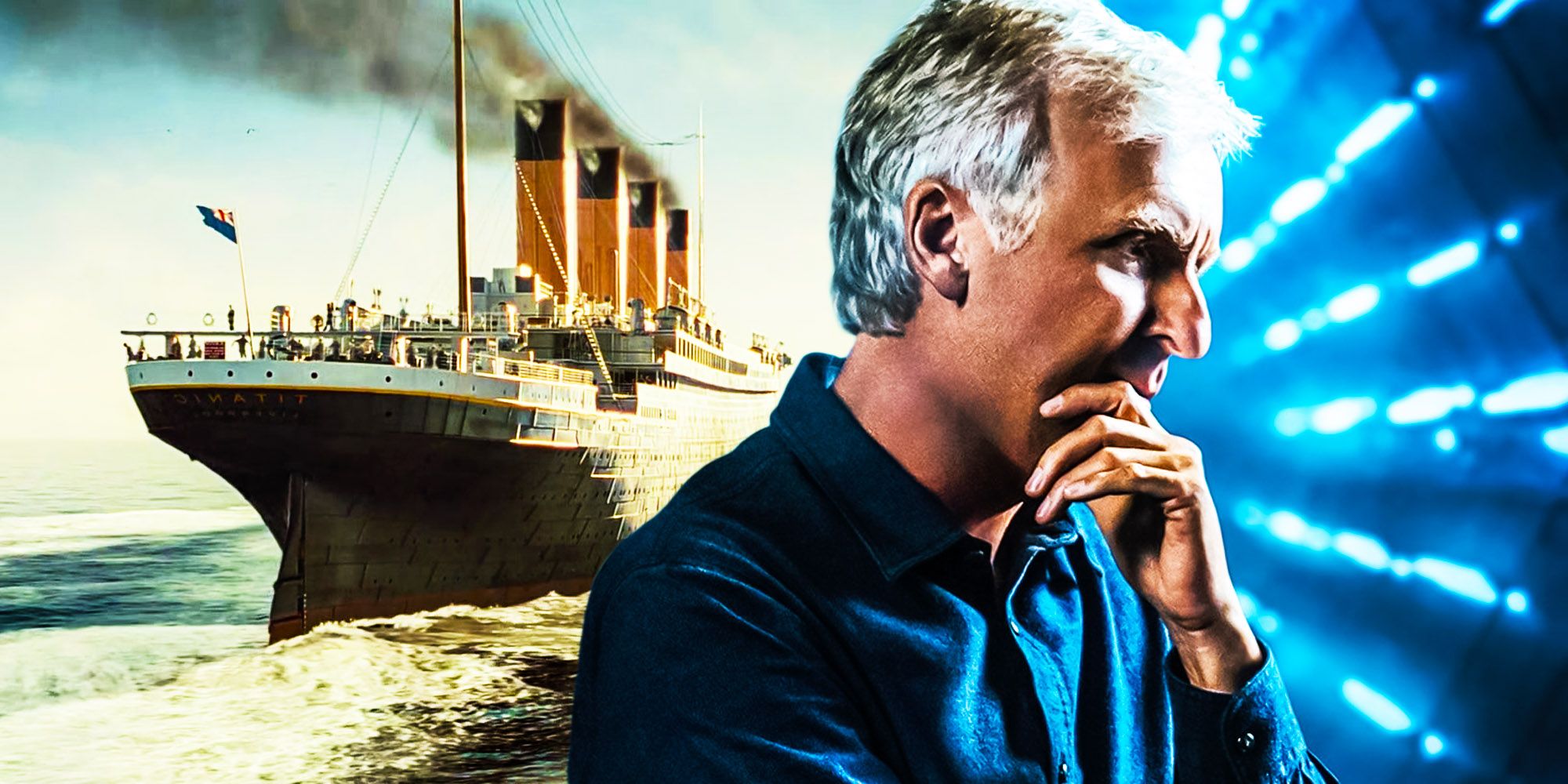Titanic
James Cameron’sTitanicrecreated the sinking of the title ship while assure a tragic love story , and here ’s how Cameron was capable to recreate the luck of the Titanic . James Cameron ’s name is now mostly associated with sci - fi movies and impressive visual effects , and beforeAvatarbecame his most talked - about undertaking , Titanicwas ( and persist in to be ) one of his most outstanding cinematic accomplishment . Titanicbroke various records and was the most expensive flick ever made at the time , and it ’s easy to see why as Cameron sound above and beyond so as to make an accurate representation of the Titanic and its tragic maiden ocean trip .
Although it’sbased on the real - lifespan tragedy of the RMS Titanic in 1912 , Cameron ’s moving picture tells a fictional story , following Rose DeWitt Bukater ( Kate Winslet ) , a first - class young woman , and Jack Dawson ( Leonardo DiCaprio ) , a third - class rider , as they fall in love life aboard the ill-famed ship . so as to convey this to life story , Cameron and his crew made a reconstruction of the Titanic , which allowed for a visually sensational and accurate theatrical performance of the ship , its interiors , and its sinking feeling , but the latter is even more impressive thanks to how it was accomplish .
Related : Titanic ’s Sketch Origin Makes Rose ’s Drawing Scene Even More Personal

Titanic Used CGI & Practical Effects To Recreate The Sinking
so as to recreate the Titanic , the different way and parts of it , and its sinking feeling , Cameron and gang used a combination of scale models , CGI , and other hard-nosed effects . With the help of blueprints provided by Harland and Wolff , the RMS Titanic ’s builder , the ship was built to full plate but had some incision removed so as to fit in the horizon tank of seventeen million gallon that was built , and the remaining division were satisfy with digital models . The front of the ship had a chopine that allowed them to tilt the ship during the slump sequences , though it could only be cant over at six degree . The picture depictingthe sinking feeling of the Titanicneeded a much enceinte tilt , so Cameron and crew used different methods to give this trick , such as dissipate using a Dutch tilt , a composited water level that made the ship depend more canted , and various miniature of the ship .
Of naturally , the scenes that were filmed with the help of miniatures had to have some CGI trick as well . As explained byDigital Photo Pro , the shots where toy were used were later composited with foreground extras , and these were shot against a green screen to make the scale leaf look realistic . Titanicalso used motion capture technology for its most complicated stunt , such as when passengers were precipitate off the ship , which was achieved with a combination of footage of stunt people with a CGI person mid - shot . CGI was also used for less complicated scenes , just to add a twain of details , such as the breath of the characters as they were in the freezing ocean .
How James Cameron’s Titanic Impacted The Film Industry
Seeing all the work involved in recreating the ship and its sinking , it ’s not surprising thatTitanic was the most expensive movieever made at the time , and it also broke loge office records , becoming the highest - grossing moving-picture show of all prison term for many old age . Cameron ’s movie also coiffure the saloon high in terms of visual effects and how to meld these with other techniques to achieve realism , and he tug his own boundaries years by and by withAvatar . Titanic ’s legacy goes beyond Hollywood , as it also contribute to advancements in underwater filming thanks to James Cameron ’s obsession with shipwrecks and theTitanic , and while the story of Jack and Rose is now seen through a different lense , the visual achievements of the motion picture are undeniable .
Next : The Real Reason James Cameron Made Titanic



